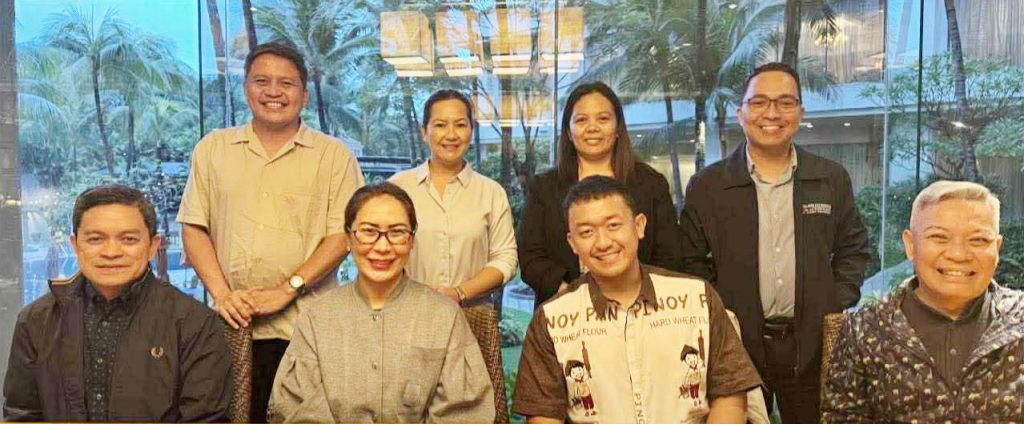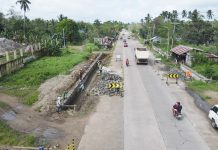
TACLOBAN CITY – The provinces of Samar, Eastern Samar, and Northern Samar have united in a renewed push to have the Samar Island Natural Park (SINP) recognized as a Unesco World Heritage Site—a move aimed at securing global recognition and stronger protection for one of the country’s most ecologically significant areas.
This united effort underscores the provinces’ shared commitment to preserving Samar Island’s rich biodiversity, vast old-growth forests, and critical habitats.
In a recent meeting, Samar Governor Ann Tan, Eastern Samar Governor Ralph Vincent Evardone, and Northern Samar Governor Harris Christopher Ongchuan convened with heritage expert Dr. Eric Zerrudo, Beverly Bautista, and Samar State University president Redentor Palencia to coordinate their strategies for the bid.
The Samar Island Natural Park—covering more than 333,300 hectares—is the largest remaining contiguous tract of old-growth forest in the Philippines and serves as a vital biodiversity corridor.
Key features of SINP include diverse ecosystems: Six types of ecological forests, including lowland evergreen rainforests, swamp forests, beach forests, mangroves, forests over limestone, and forests on ultramafic soil; threatened species: habitat to numerous endangered and endemic species, such as the Philippine eagle, Philippine crocodile, and the Hopea samarensis, a tree species found only on the island; natural landmarks: home to iconic sites such as the Sohoton Cave and Natural Bridge National Park, the Calbiga Cave System—one of the largest in Southeast Asia—and the 100-kilometer Ulot River, Eastern Visayas’ longest river.
If granted Unesco World Heritage status, SINP would benefit from increased international funding for biodiversity conservation, forest protection, and sustainable eco-tourism development; global recognition that could enhance sustainable tourism and further promote conservation awareness across local and international communities.
This joint initiative signals a strong regional commitment to environmental preservation and sustainable development, as leaders across Samar Island continue to champion the protection of their natural heritage for future generations.
(LIZBETH ANN A. ABELLA)



